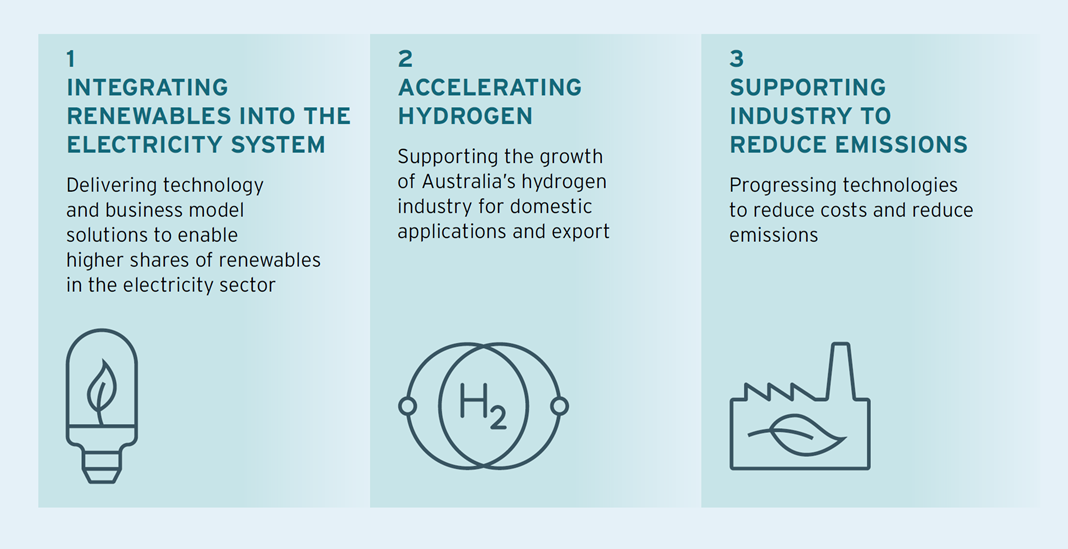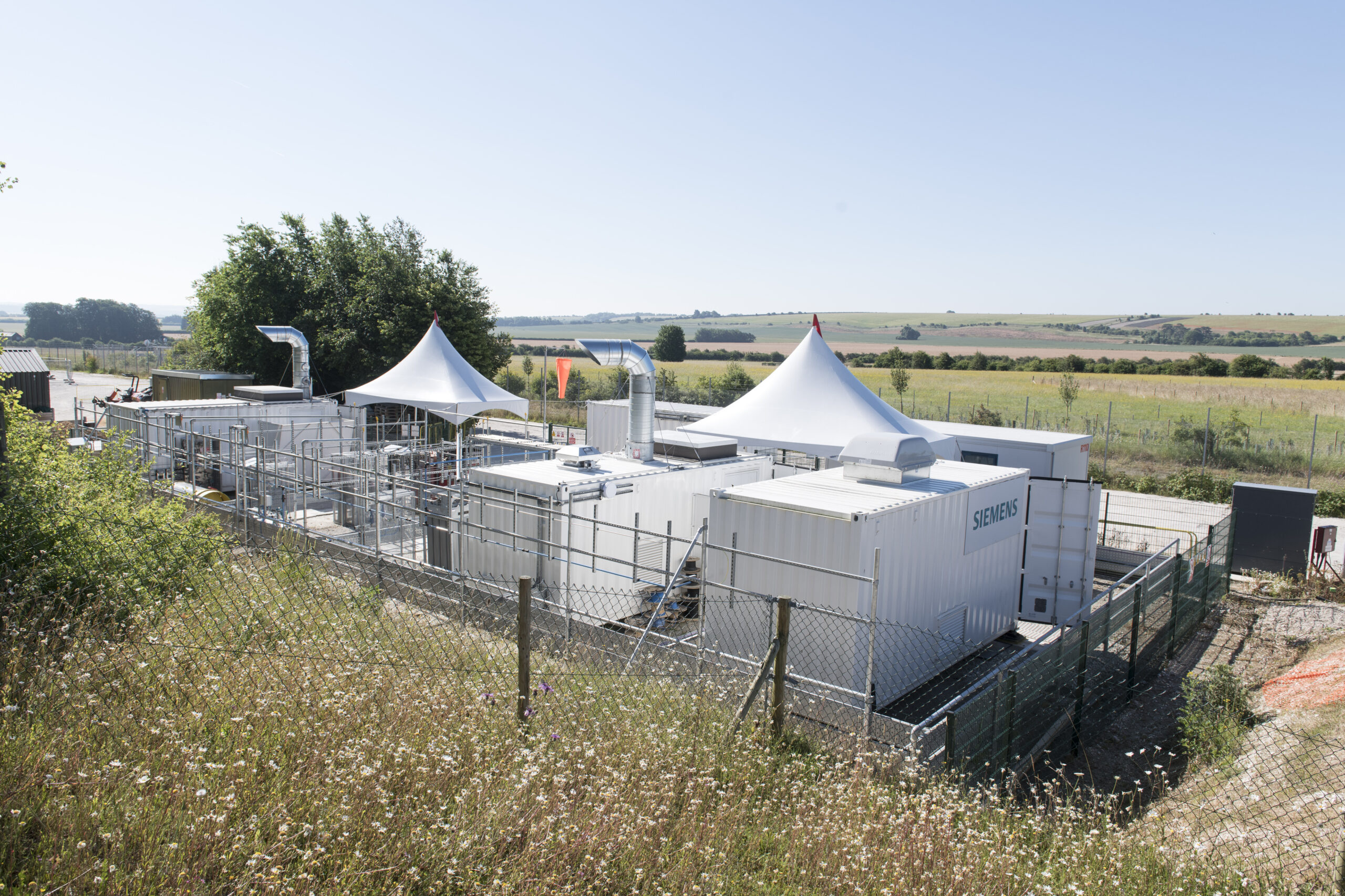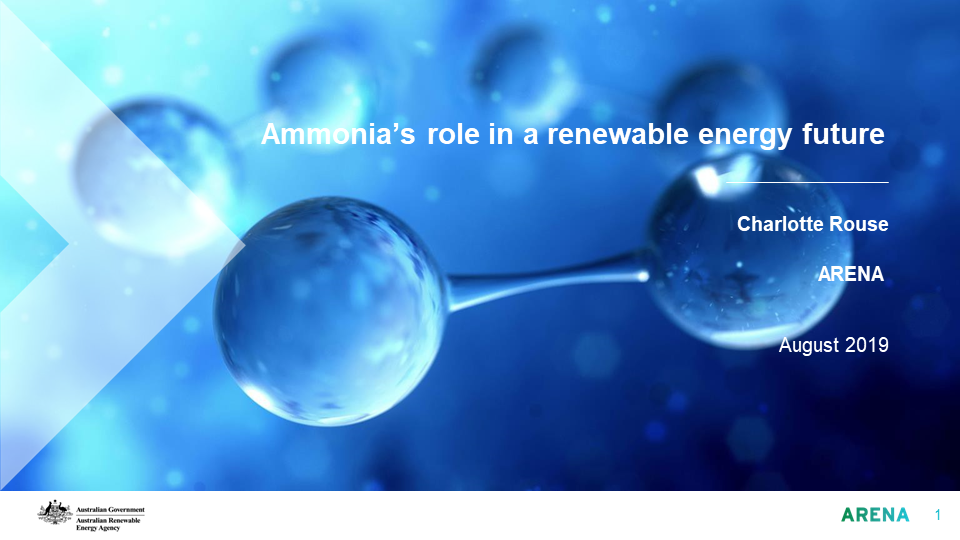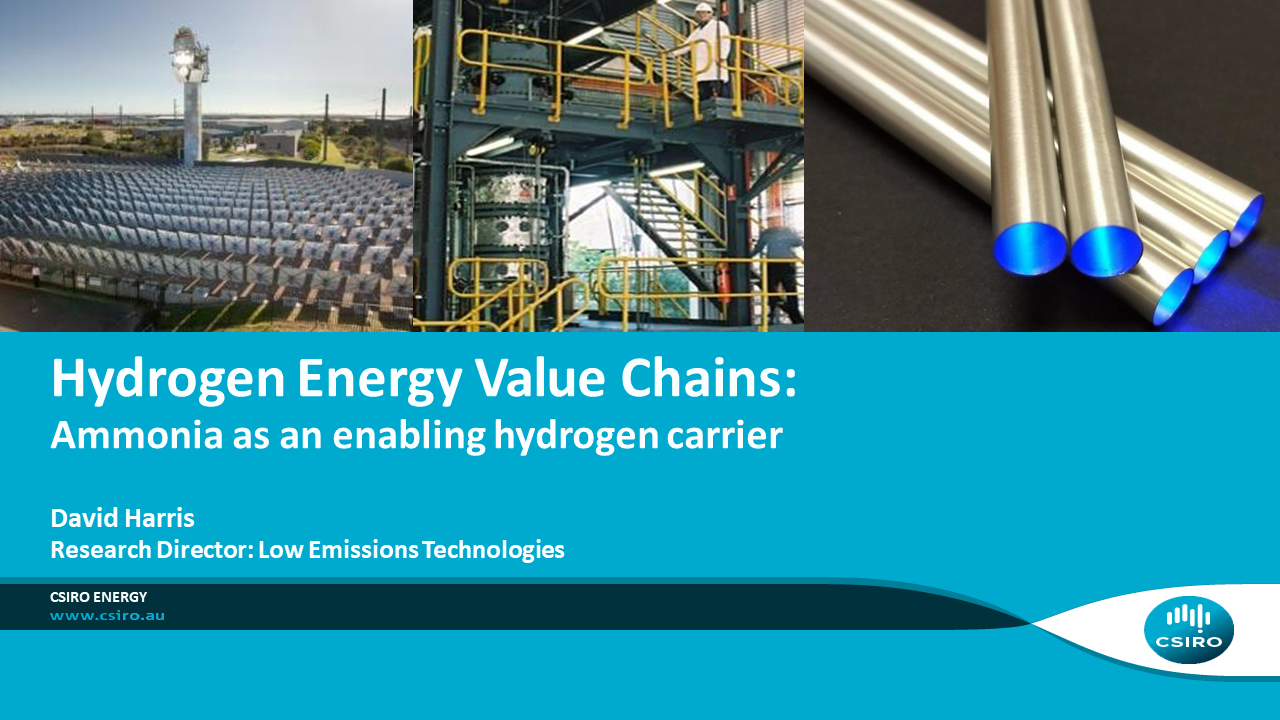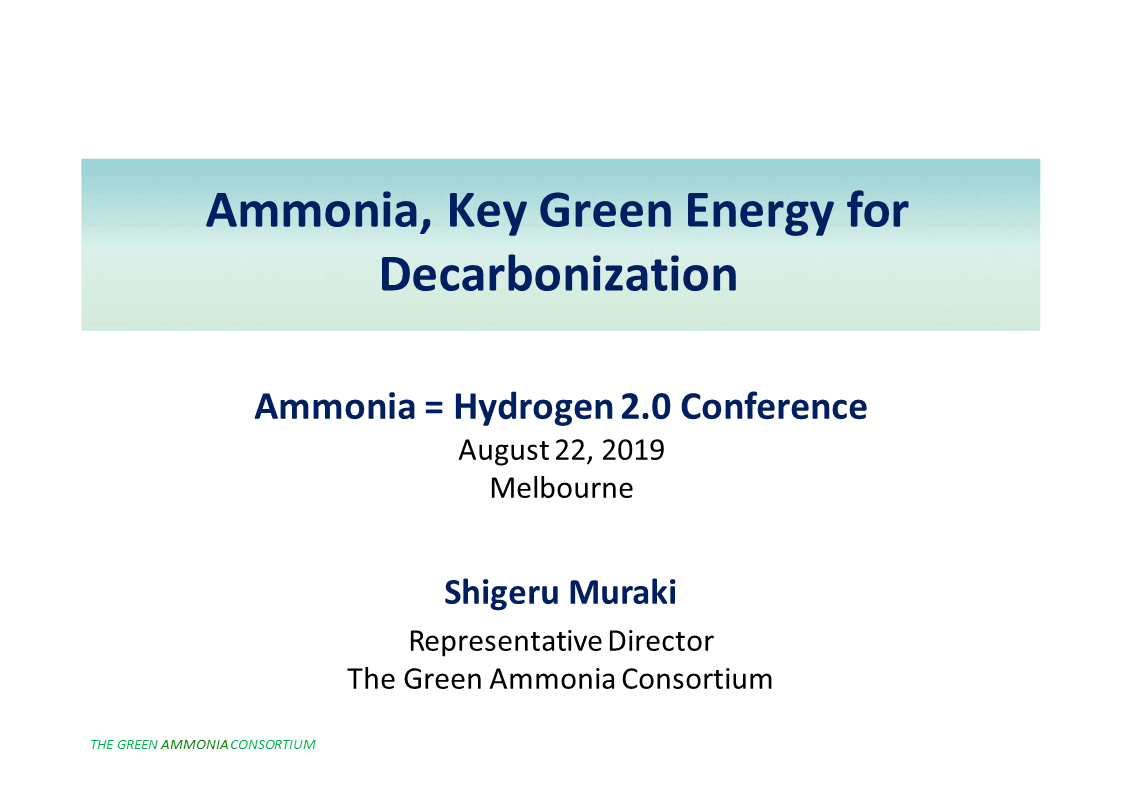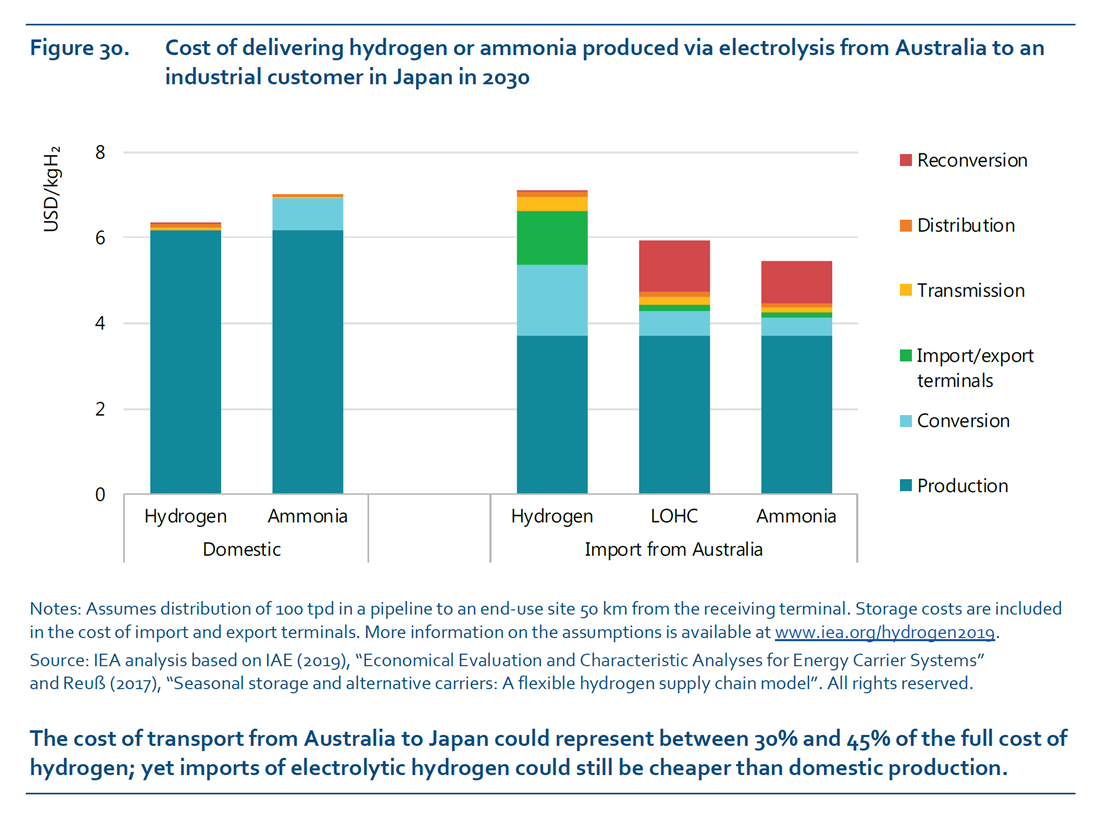Hydrogen Prioritized in New ARENA Investment Plan
On September 11, the Australian Renewable Energy Agency (ARENA) issued its 2019 Investment Plan. The theme of the accompanying press release is “sharpening our focus,” and indeed the agency articulates just three investment priorities: “integrating renewables into the electricity system;” “accelerating the growth of a hydrogen industry;” and “supporting industry to reduce emissions.” The prioritization of hydrogen – and with it, ammonia as a possible hydrogen carrier – is a new development for ARENA.
